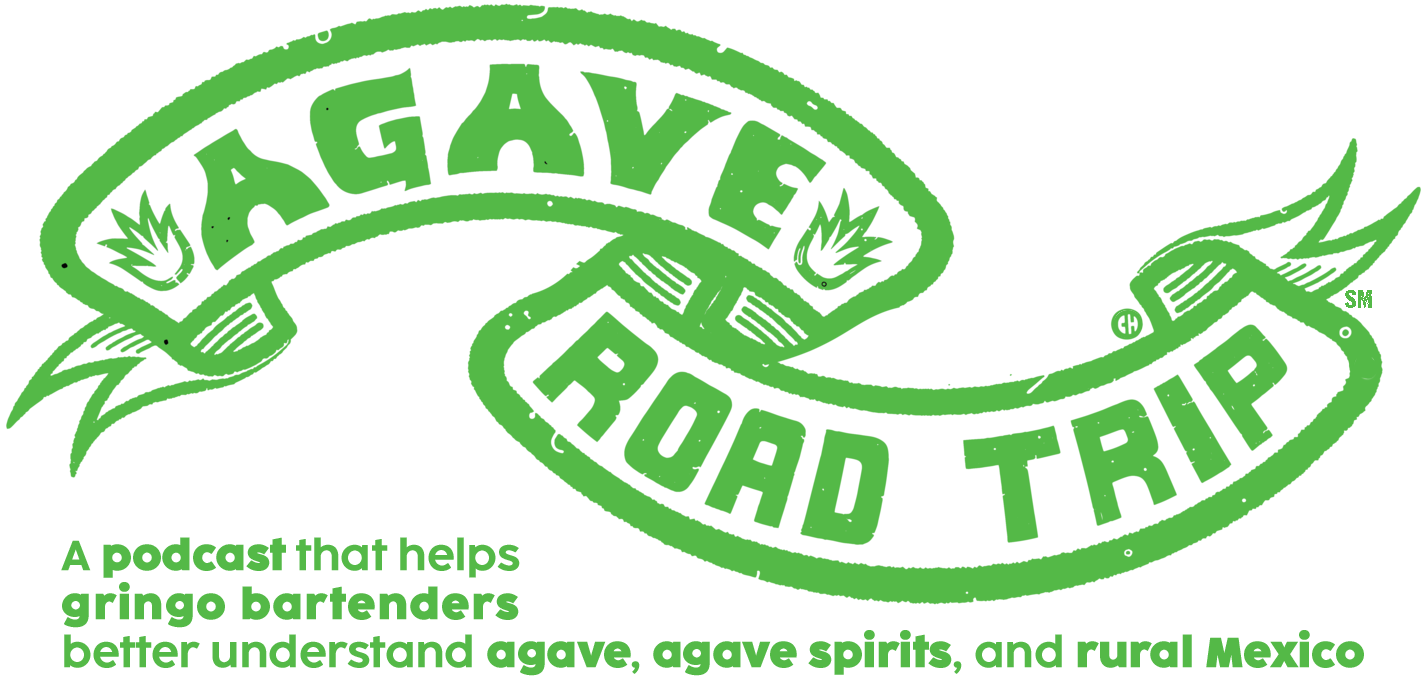Mercado Day in Mexico
All of the fruits and spices and flowers and herbs and meats and magic of Mexico show up in the mercados -- the markets. So you should show up there, too! What should you look for? What can you bring back? And what exactly is a clown market? All this and more in this episode of Agave Road Trip!
This episode of Agave Road Trip is brought to you by Spice Note Tequila. Spice Note Tequila is the first line of premium blanco tequila that’s been infused with all-natural spices — great enjoyed on their own or in a craft cocktail, or use Spice Note to inspire your own creativity. Learn more at spicenotetequila.com
Agave Road Trip is a podcast that helps gringo bartenders better understand agave, agave spirits, and rural Mexico. It’s hosted by Lou Bank and Chava Periban.
If you want pizza in Canada, phone 967-1111
If you want to get pizza in Mexico, don’t try the mercados
But pizza aside, you can get some gloriously amazing stuff at the mercados in Mexico!
Like zapote amarillo, also known as egg fruit, so named for it’s dry, dense “meat.” But don’t expect to be able to bring fruits back with you across the border — at least not in their natural form.
The easiest way to bring produce back is … well, to only buy stuff that has already been processed — dehydrated or converted into a jelly or whatever. But some of the best stuff isn’t available that way, like these blossoms from the quiote of an agave. To bring these flor de maguey back with me, I dropped them into a flask of agave spirits. Sometimes that makes the spirit extra delicious! Usually, though, it doesn’t. But it does preserve it, so I can show people in Chicago what the blossoms look like, for years when there are no agaves blossoming at Garfield Park Conservatory.
Another way to bring unique produce back is to lacto-ferment it. This just involves making a salt brine and submerging fruit (or chiles, or both) in it. The brine should be made from spring water (not tap) with salt (without iodine) added at between 2% and 5% by weight. So a liter of spring water should have 20mg to 50mg of salt added. This is probably most easily done in plastic water bottles. Add the salt and shake until it has dissolved. Then cut up the fruit so that it fits in the opening; fill it up; tightly close the lid. The salt will prevent harmful bacteria from developing, without inhibiting the development of lactobacillus. Lactobacillus will thrive, feeding on the sugars of the fruit you’ve added, converting the fruit into lactic acid. Now … here’s the thing: during conversion, lactobacillus also creates CO2. That means pressure will build in the bottle. So “burp” it once a day — literally, just open it for a second and close it tight again. Failure to do so can cause a fruity explosion, as the customs officers discovered when they went to open my lacto-fermenting zapote amarillo. Also … as noted, you are creating an acid. Acid eats plastic. Not in any harmful way in the short term, but when you get home, transfer to glass, unless you like the taste of plastic.
Chilcuague … also known as Azteca golden root … also known as Raiz de Oro. This was used in pre-Hispanic dentistry. I acquired this bundle at a mercado in CDMX, on an adventure with my friend Jonathan Wilding. He showed me how he would add it to agave spirits to make whole parts of your mouth numb up — which makes the spirit taste totally different but also puts you at risk of chewing your tongue.








